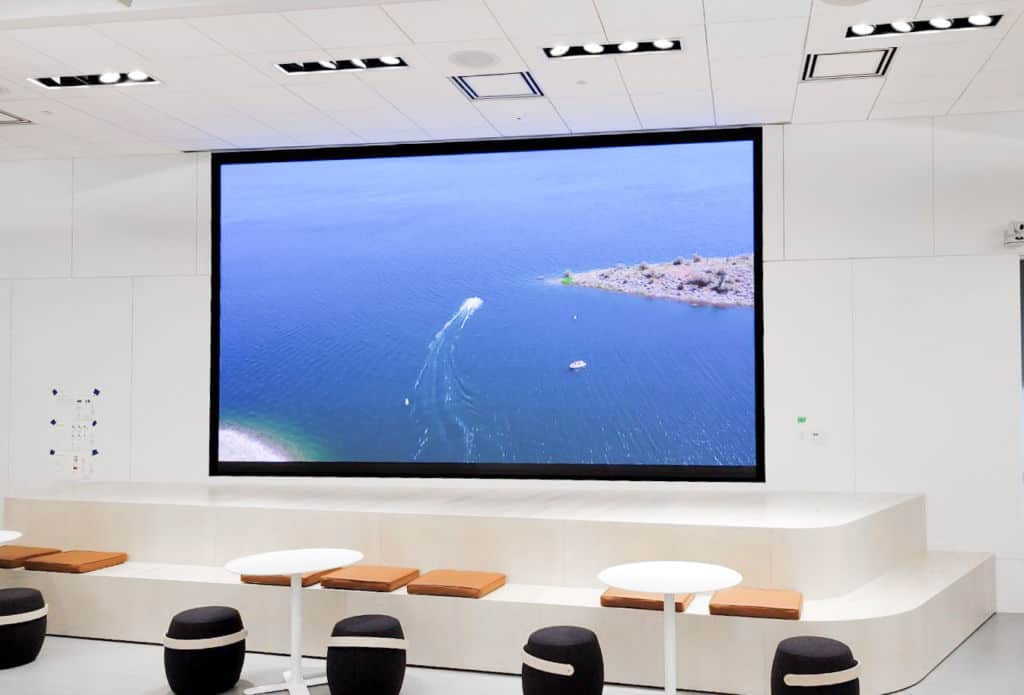A Comprehensive Comparison of Different Light Emitting Diode Display Wall Techniques and The Applications
A Comprehensive Comparison of Different Light Emitting Diode Display Wall Techniques and The Applications
Blog Article
LED video walls are more common across various settings, including concerts, athletic events, and corporate meetings. These large big screens are composed of many individual LED panels that function collectively to form a cohesive cohesive visual. There are different types of Light Emitting Diode display screen solutions available, every with its unique characteristics as well as benefits. Understanding these technologies can help businesses and entities select the appropriate option for their particular requirements.
A frequent type of Light Emitting Diode video screen solution is the direct view Light Emitting Diode. This technology utilizes separate Light Emitting Diode modules that are arranged near in proximity to create a large display. Direct view Light Emitting Diode walls are known for their elevated luminosity and vibrant hues, which makes them ideal for outdoor activities or well-lit lit settings. They also have a broad sight perspective, which means that viewers can view the screen clearly from different locations. Such makes directly viewed LED walls a favored choice for stadiums and outdoor events.
A different type of LED video screen technology is the LED-backlit LCD. This technology merges conventional LCD screens with LED illumination for improved luminosity and color accuracy. LED-backlit LCDs are often utilized in indoor settings, such as retail centers as well as meeting rooms. They provide excellent image clarity while are typically more affordable than direct view LED walls. However, they may often perform as well in bright environments, as the illumination can occasionally dull the hues.
A thirdly option is the Organic Light Emitting Diode display wall. OLED technology offers superior contrast as well as hue richness in relation to alternative kinds of screens. Each dot in an OLED display emits its own luminescence, enabling for genuine dark tones as well as lively hues. Such renders OLED display screens especially attractive for uses which demand high-quality visuals, such as art galleries or high-end retail stores. However, OLED technology can be more expensive and may often be as luminous as directly viewed Light Emitting Diode walls, making it less suitable for outdoor use.
In addition to these technologies, various also various applications for LED display screens. They can be used for advertising, amusement, as well as information display. For instance, companies often use Light Emitting Diode display walls for electronic advertising to draw in customers and promote goods. In entertainment, these displays enhance the sight experience at concerts as well as events, providing lively backdrops and captivating images. In corporate settings, Light Emitting Diode display walls can be utilized for demonstrations, video conferencing, as well as training programs, aiding to communicate information through a visually appealing way.
To summarize, Light Emitting Diode display screens come in different types, each with its unique advantages and uses. Direct view LED screens are great for outdoor applications, whereas LED illuminated Liquid Crystal Displays are more appropriate for indoor settings. Organic Light Emitting Diode video screens offer superior image clarity but may come at a greater cost. Grasping the differences differences can assist organizations to make knowledgeable decisions about the best type of LED display screen best satisfies their needs, useful content whether for promotion, entertainment, and corporate applications.